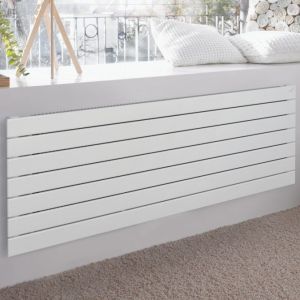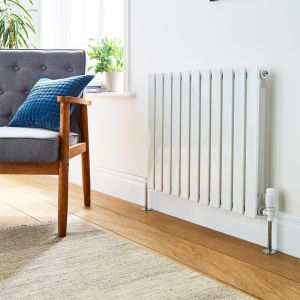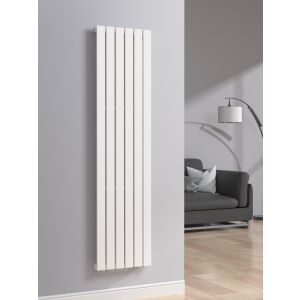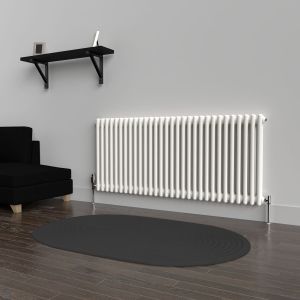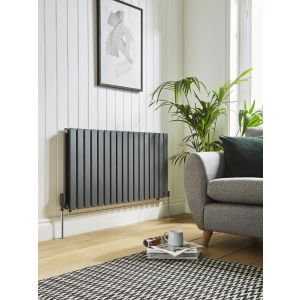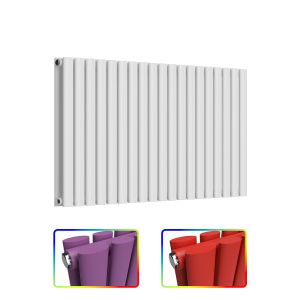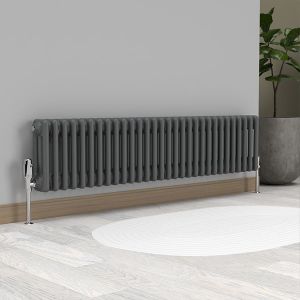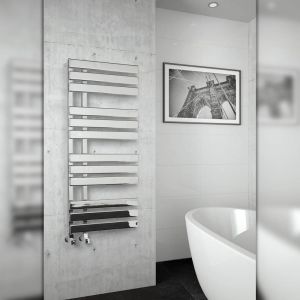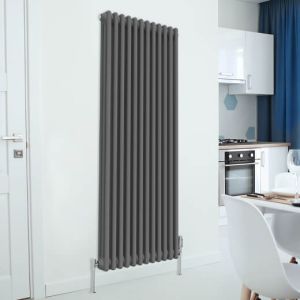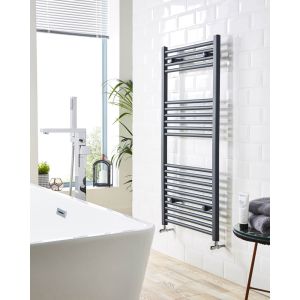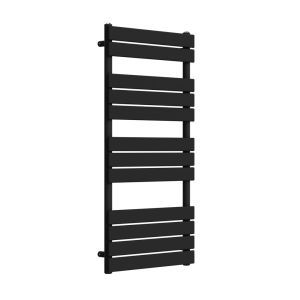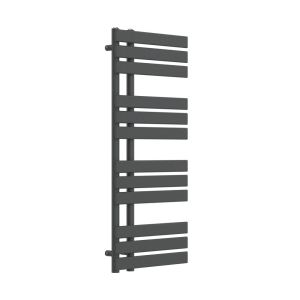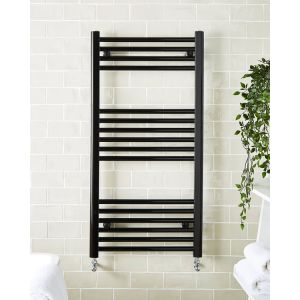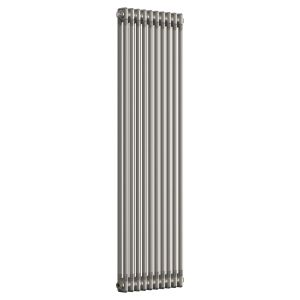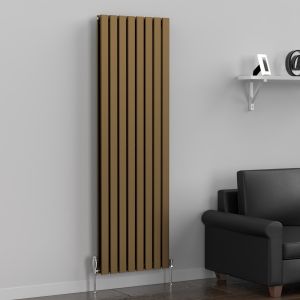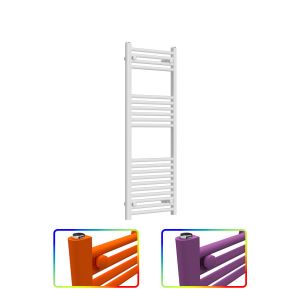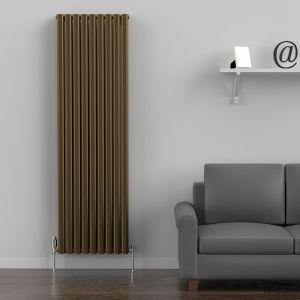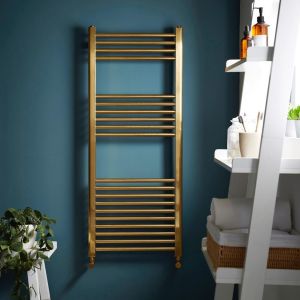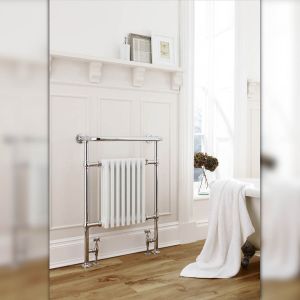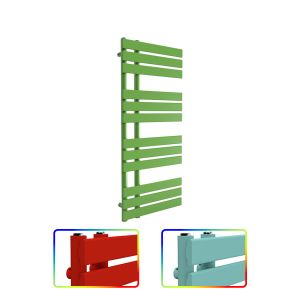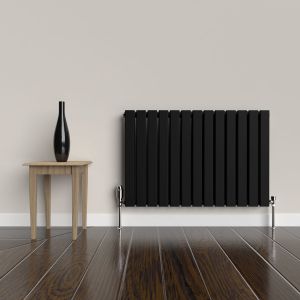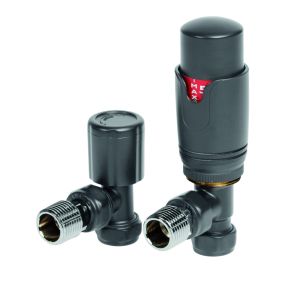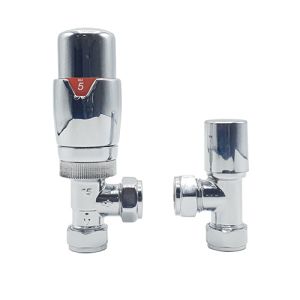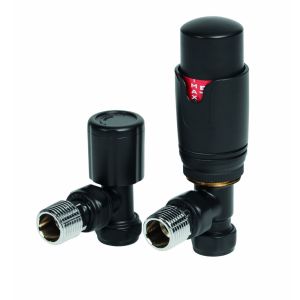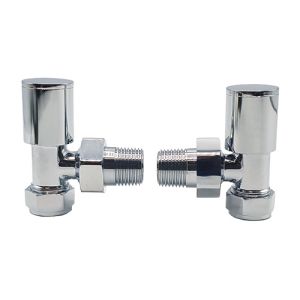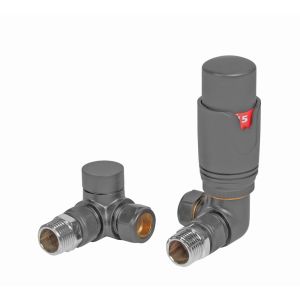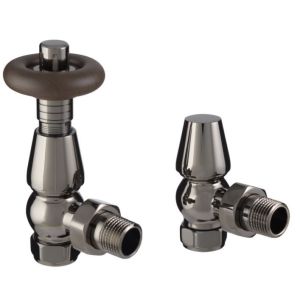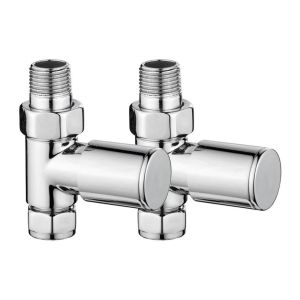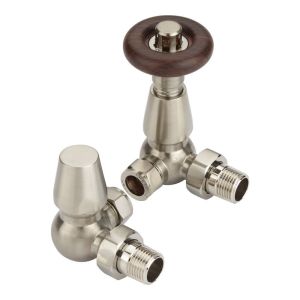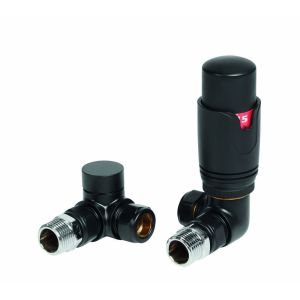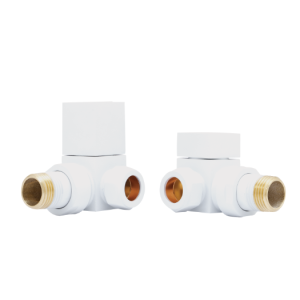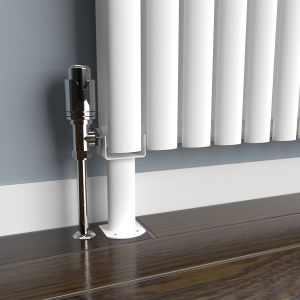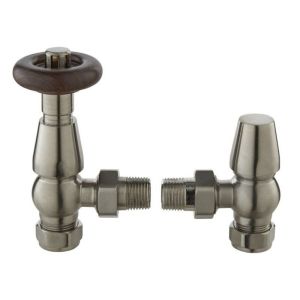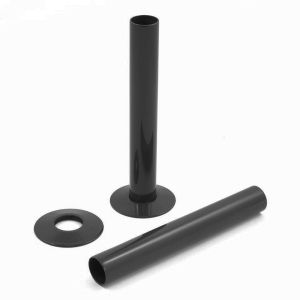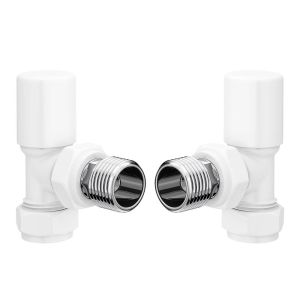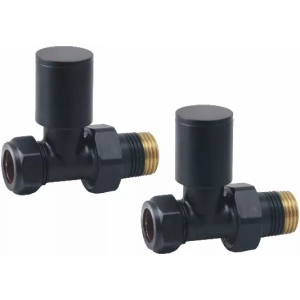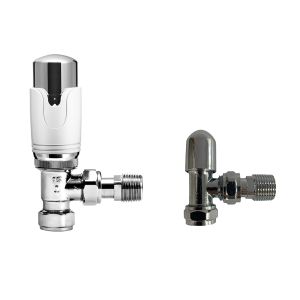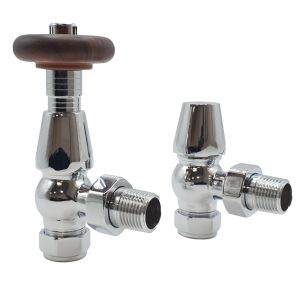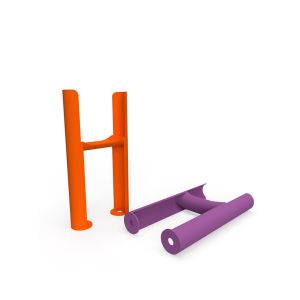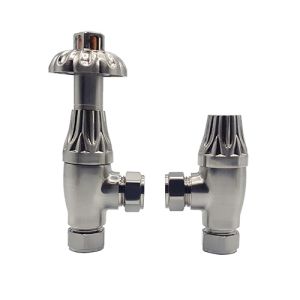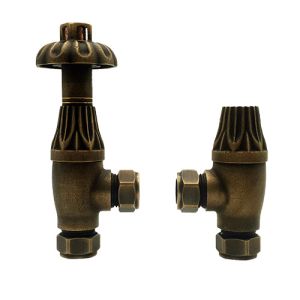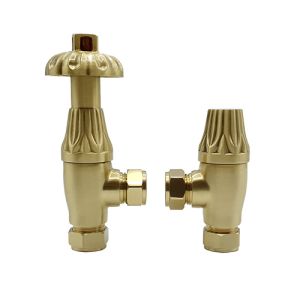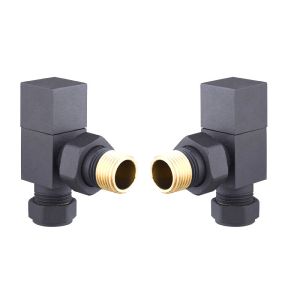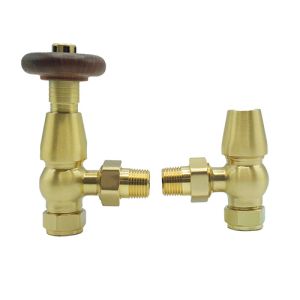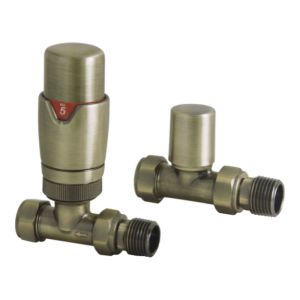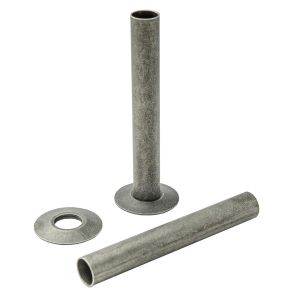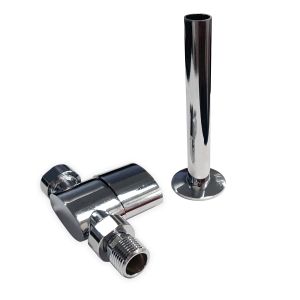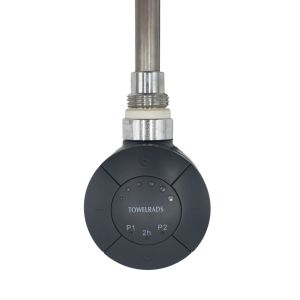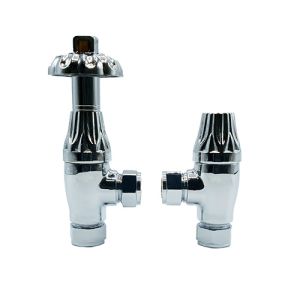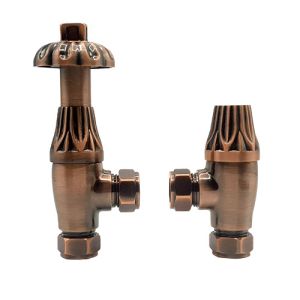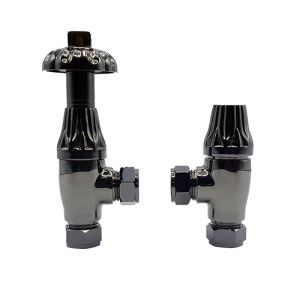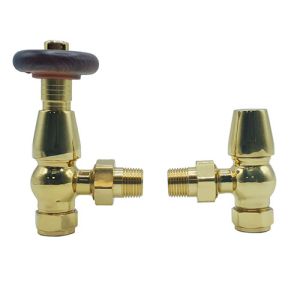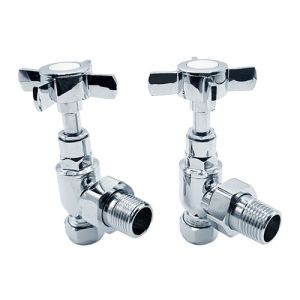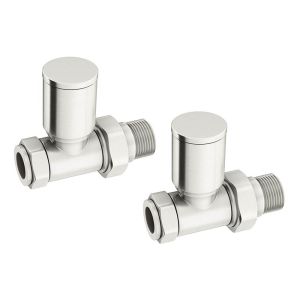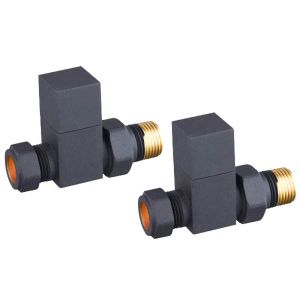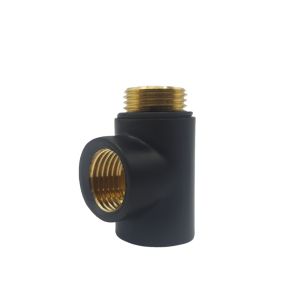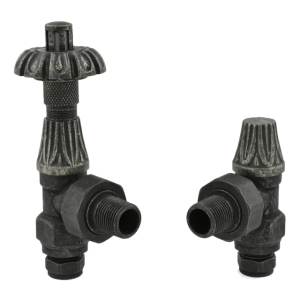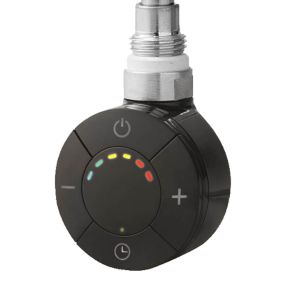The process of ‘bleeding’ your radiators, despite the slightly gruesome name, simply refers to letting out air. Over time, as radiators let water in and out, little pockets of air appear, which then grow and stop your radiator from heating up completely or effectively.
You’ll know when it’s time to bleed your radiator because trapped air causes the radiator to have cold spots when the heating’s turned on. All radiators need bleeding at some point, but thankfully, bleeding your radiators is a very easy task which anyone can do themselves at home; all you need is a radiator key, which you can buy from any hardware store. Some radiators may be possible to bleed using a flat-blade screwdriver.
How To Bleed Your Radiator
Test Your Radiator
The first step is to turn on your heating and radiators and wait for them to heat up fully. Then, being careful not to burn yourself, test the temperature across the surface area of all your radiators for any cool spots, which indicate the presence of trapped pockets of air. These cool spots most commonly appear at the top of the radiator. If you find them, it means you need to bleed that radiator to get rid of the trapped air. It’s important that before you do this, you turn off your central heating and wait for your radiators to cool down; this will stop you from burning yourself or soaking your floor.
Bleed Your Radiator
At one end of the radiator at the top, you will find a valve. Holding your radiator key or screwdriver with a cloth, with another cloth ready to catch any drips of water, slowly turn the key or screwdriver anti-clockwise. Which tool you use will depend on whether the valve has a groove (in which case, use a screwdriver) or a square attachment (in which case, use a radiator key). You’ll hear a hissing sound as the trapped gas escapes. You’ll know when all the gas has escaped because liquid will start coming out; at this point, turn the valve clockwise to close it immediately.
Check The Pressure
After you’ve bled any radiators that need it, you’ll need to check the pressure of your central heating system by looking at the gauge on your boiler. If it’s too low, you can top it up by using the lever on your boiler, known as the filling loop.
Designer Radiators At Great Prices With DRD
Sometimes it's a better option to purchase a new radiator. If this applies to you, then make sure you check out our huge range of designer radiators on our sale page.
If you have any questions regarding our products or services, please don't hesitate to contact us right away!













